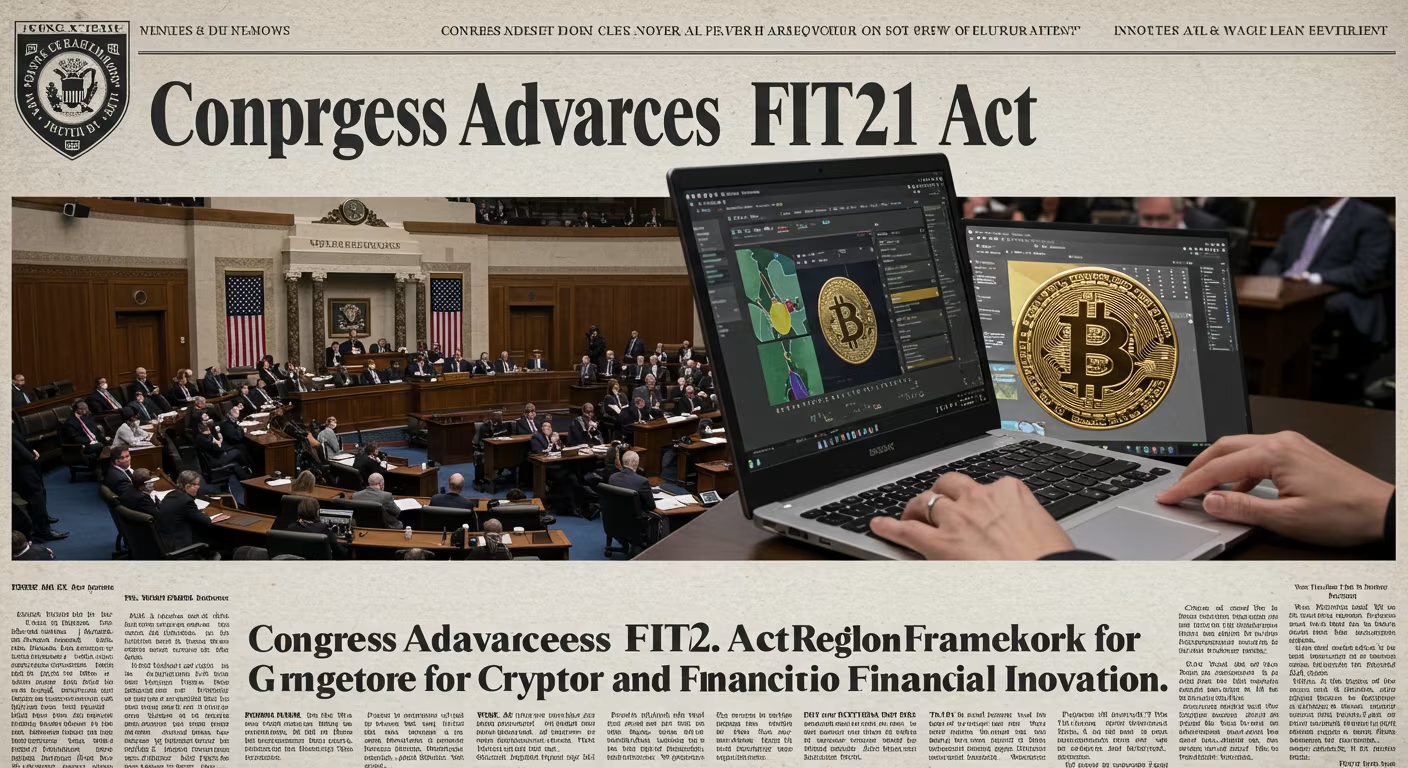Small businesses across the United States are facing mounting challenges in securing financing as banks and lenders adopt stricter lending standards. Rising interest rates, heightened economic uncertainty, and increased regulatory scrutiny have combined to make credit harder to obtain for many entrepreneurs. This tightening of credit conditions threatens to slow business expansion, reduce hiring, and limit investment in local communities.
For a sector that plays a vital role in job creation and economic growth, restricted access to capital poses a significant obstacle.
Lending Standards Tighten Across the Board
According to recent surveys from the Federal Reserve, a growing number of banks have tightened lending criteria for small and medium-sized businesses. This shift reflects lenders’ concerns about potential loan defaults amid a slowing economy and elevated borrowing costs.
Stricter requirements often mean higher collateral demands, tougher credit score thresholds, and more detailed financial documentation. While these measures help protect lenders from risk, they also create barriers for business owners — particularly newer companies or those operating in industries viewed as higher risk.
The Impact of Higher Interest Rates
One of the primary drivers behind the credit crunch is the Federal Reserve’s campaign to combat inflation through higher interest rates. While the rate hikes have cooled some inflationary pressures, they have also pushed up the cost of borrowing.
For small businesses, which often rely on lines of credit, small business loans, or equipment financing, higher rates can significantly increase monthly payments. In many cases, the cost of servicing debt becomes too high to justify taking on new loans, forcing owners to delay or scale back plans for growth.
Economic Uncertainty Adds Pressure
Economic uncertainty is another factor shaping lenders’ cautious approach. Concerns about consumer spending, supply chain disruptions, and global market instability have made financial institutions more risk-averse.
For small business owners, this means that even if they meet the standard credit criteria, they may still face reduced loan amounts or higher interest rates to offset perceived risks.
Sectors Hit the Hardest
Not all industries are feeling the pinch equally. Businesses in sectors such as hospitality, retail, and construction — which are more sensitive to economic cycles — have been particularly affected. Seasonal businesses also face challenges, as lenders may be reluctant to extend credit to companies with irregular cash flows.
Startups and early-stage businesses are among the most vulnerable, as they often lack the track record and collateral that lenders now require under tighter standards.
Turning to Alternative Financing
As traditional bank loans become harder to secure, many small business owners are exploring alternative financing options. These include:
- Online lenders offering short-term loans and merchant cash advances.
- Community Development Financial Institutions (CDFIs) that focus on underserved markets.
- Crowdfunding platforms that raise capital directly from supporters.
- Peer-to-peer lending networks connecting borrowers with individual investors.
While these alternatives can provide faster access to funds, they often come with higher interest rates and fees, making them a costly solution for long-term financing needs.
The Role of Credit Scores and Financial Health
In a tighter credit environment, a business owner’s credit score and overall financial health have become even more critical. Lenders are paying closer attention to debt-to-income ratios, cash flow stability, and repayment history.
Owners with strong credit profiles may still find opportunities to secure favorable terms, but those with weaker credit histories are facing steeper challenges. This dynamic underscores the importance of financial management and credit-building strategies for small business sustainability.
Policy Considerations and Support Programs
Industry groups and advocacy organizations are urging policymakers to expand access to credit for small businesses. Proposals include increasing funding for Small Business Administration (SBA) loan programs, providing interest rate subsidies, and offering credit guarantees to encourage banks to lend to smaller enterprises.
The SBA’s 7(a) loan program remains a popular option, as it offers favorable terms and government backing. However, even SBA loans are subject to lender discretion, meaning tight standards can still limit their availability.
The Long-Term Implications
If the credit squeeze persists, it could have ripple effects across the economy. Small businesses account for nearly half of all private-sector employment in the U.S. Reduced access to financing could slow hiring, limit wage growth, and dampen innovation.
Communities that rely heavily on small businesses for goods, services, and jobs may also feel the impact, particularly in rural and underserved urban areas where alternative financing options are limited.
Small businesses are the backbone of the U.S. economy, but their ability to thrive depends heavily on access to affordable credit. As lending standards tighten, many entrepreneurs are finding it harder to secure the financing they need to grow and compete.
While alternative financing options offer some relief, they are not a perfect substitute for traditional bank loans. Addressing the credit gap will require coordinated efforts from lenders, policymakers, and business advocacy groups to ensure that small businesses can continue to drive innovation, create jobs, and strengthen local economies.





